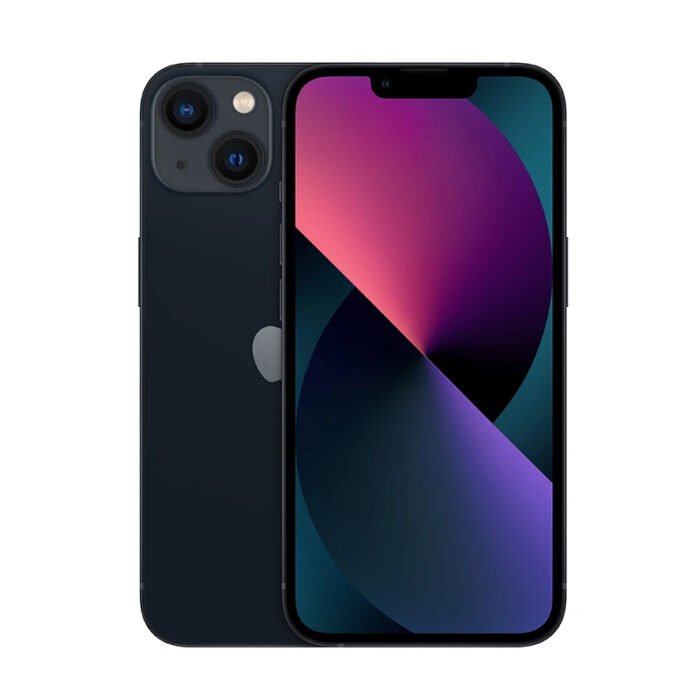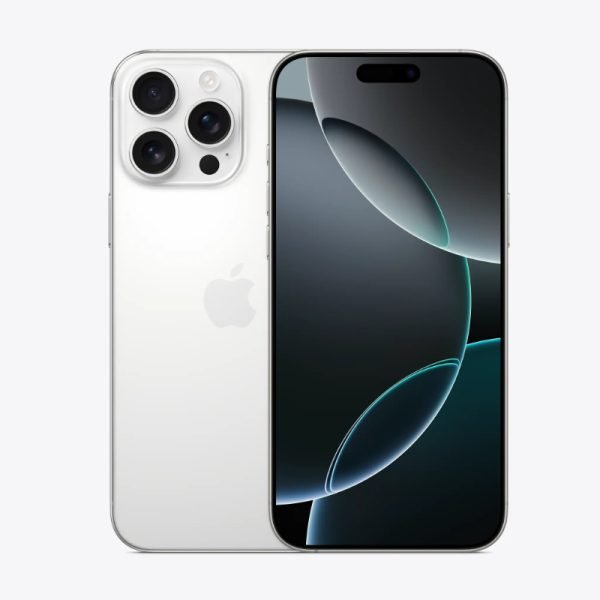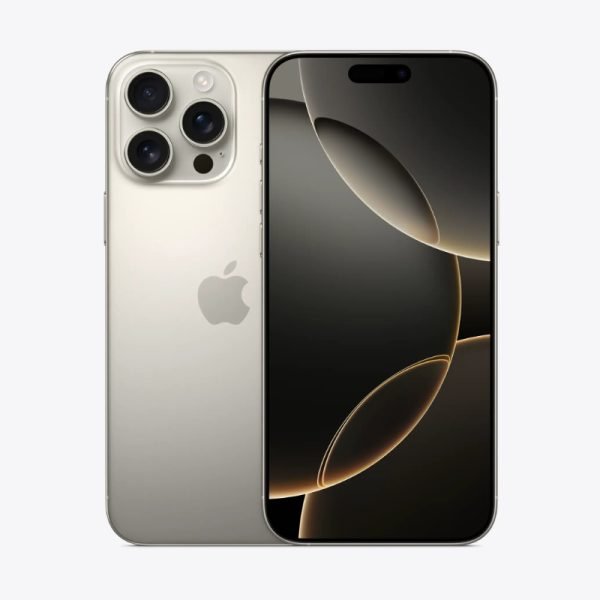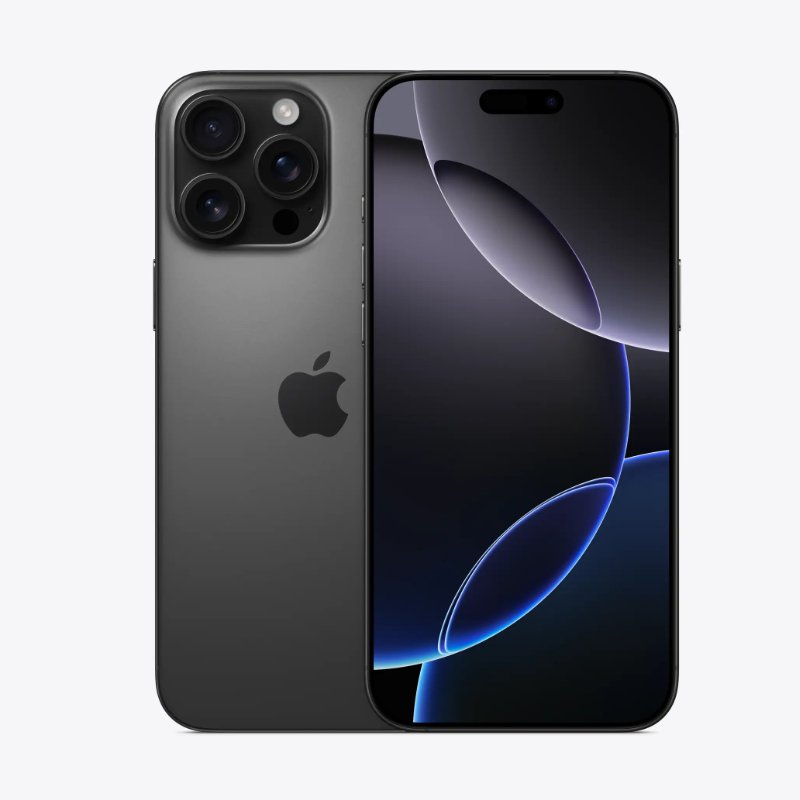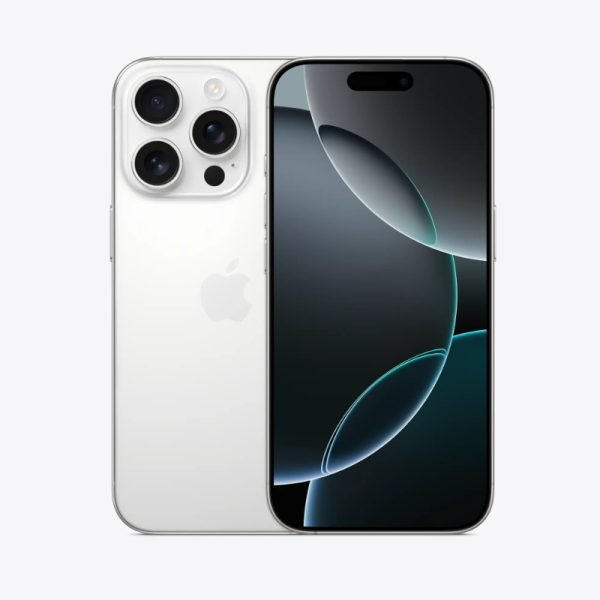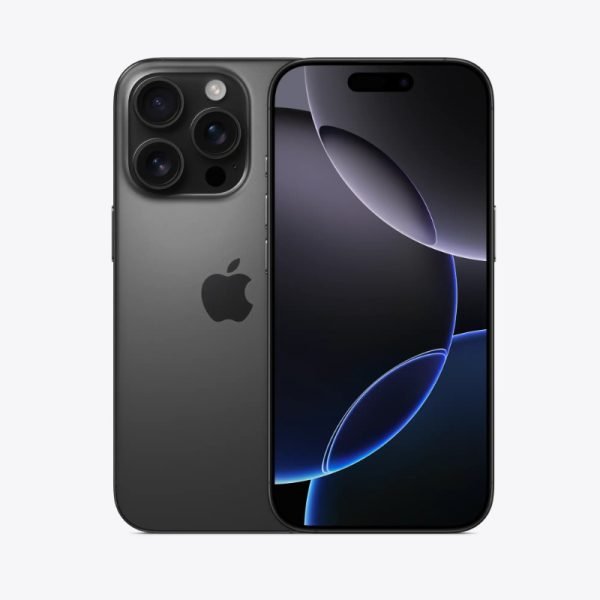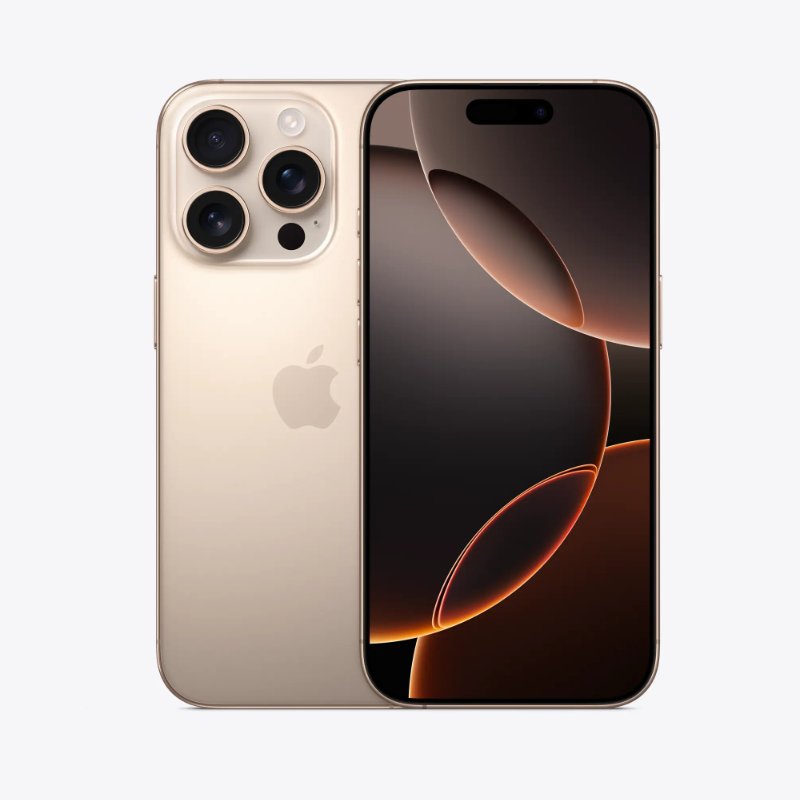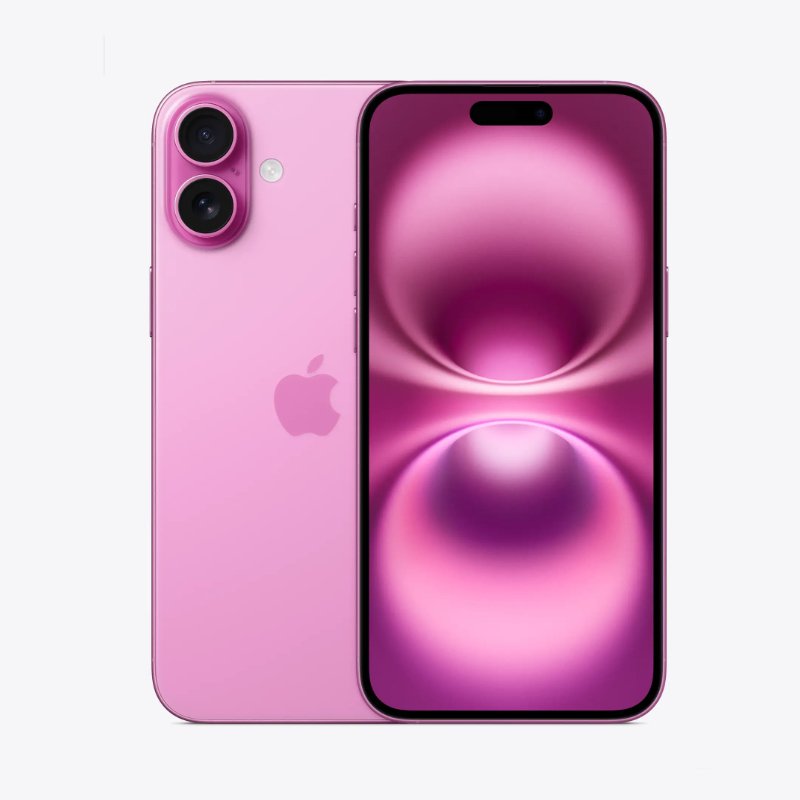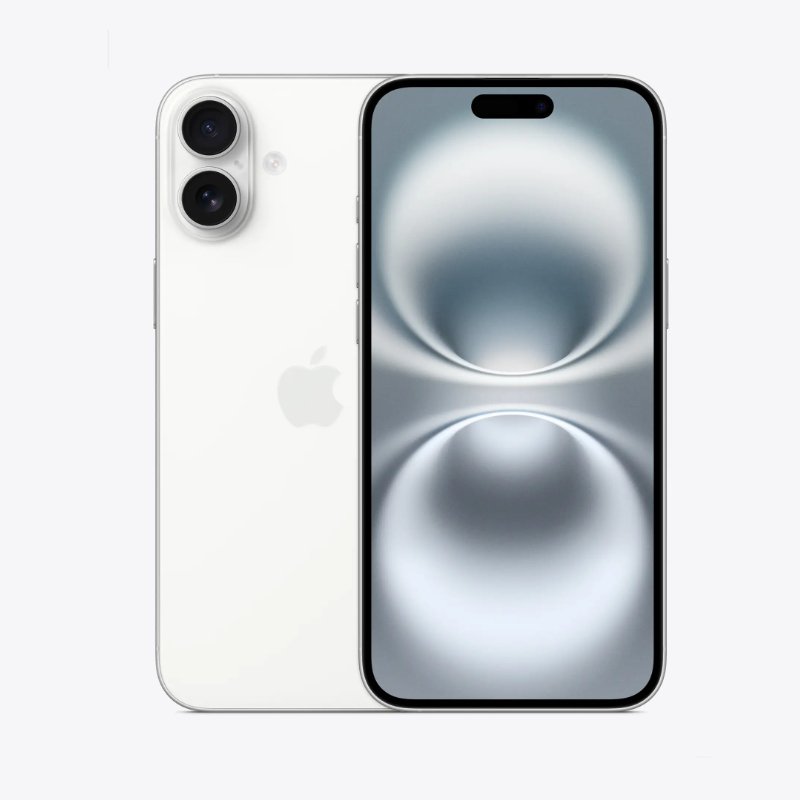Infinix Smart 10HD Review and Price in Kenya: The New Standard for Ultra-Affordable Connectivity?
In the vast and ever-expanding smartphone landscape of Kenya, where every shilling counts, Infinix has masterfully carved out a significant niche, particularly with its “Smart” series. This lineup is renowned for democratizing smartphone technology, making essential features and reliable connectivity accessible to even the most budget-conscious consumers. The Smart series prioritizes core functionalities: a robust battery, a functional display, and the ability to handle everyday communication and light internet use without breaking the bank. As we look towards the evolution of this crucial segment, the Infinix Smart 10HD emerges as a potential torchbearer, aiming to redefine what users can expect from an ultra-affordable device in Kenya.
While details about an “Infinix Smart 10HD” are not yet officially confirmed as of July 2025, the very concept of such a device suggests Infinix’s continued commitment to providing maximum value at the lowest possible price point. The “HD” in its name would imply a focus on a decent viewing experience, while the “Smart 10” designation would place it as the latest iteration of their highly popular entry-level series.
This comprehensive, in-depth, and speculative review will meticulously unpack every aspect of what the Infinix Smart 10HD would need to deliver to truly stand out in the bustling Kenyan market. We’ll delve into its anticipated design and build, the quality of its display, the performance it could offer for daily tasks, its expected camera capabilities, and its crucial battery life and charging solutions. Most importantly, we’ll discuss its projected price in Kenya and whether it would uphold Infinix’s reputation for unmatched affordability and essential utility. Join us as we envision the potential of the Infinix Smart 10HD and what it could mean for millions of Kenyan consumers seeking reliable, budget-friendly mobile technology.
Chapter 1: Practicality Meets Design – Build and Ergonomics


For devices in the ultra-affordable segment like the Infinix Smart series, design often takes a backseat to functionality and cost-efficiency. However, Infinix has consistently managed to infuse its budget phones with a surprising degree of aesthetic appeal and durable construction. The Infinix Smart 10HD would likely continue this trend, offering a design that is both practical and visually appealing for its price point.
Functional and Appealing Design Language: Expect a design that prioritizes durability and ease of use. The Smart 10HD would likely feature a unibody construction, crafted primarily from high-quality polycarbonate. This material choice is cost-effective but also inherently lightweight and resistant to minor impacts, making it ideal for daily use. Infinix often adds subtle textures or patterns to the back panel of its Smart series phones, which not only enhances grip but also helps to conceal fingerprints and minor scratches, maintaining a cleaner look over time. The overall form factor would likely be comfortable to hold, with gently curved edges that fit well in the hand, despite possibly housing a relatively large display.
Build Quality for Everyday Resilience: In the Kenyan market, where phones are often subjected to demanding conditions, robust build quality is paramount. The Smart 10HD would be engineered for everyday resilience, with tight tolerances in its construction, ensuring there are no creaks or flex. The physical buttons – power and volume rockers – would be strategically placed on the side for easy access and would offer a satisfying tactile click. While a fingerprint sensor might be optional in this extreme budget segment, if included, it would likely be a rear-mounted sensor for convenience and cost-efficiency. Basic ingress protection against splashes and dust (though rarely with an official IP rating at this price) would be an added practical benefit.
Camera Module Aesthetics: Even at the entry level, Infinix pays attention to the visual presentation of its camera array. The Smart 10HD would likely feature a distinctive, perhaps somewhat oversized, camera module on the rear. This module, likely housing one or two primary cameras and an LED flash, would serve as a visual focal point, giving the phone a more modern appearance, despite its minimalist camera setup. The design might aim to mimic more premium phones, utilizing stylistic elements to create a more sophisticated look.
Essential Ports and Connectors: For a budget-friendly device, the inclusion of essential ports is crucial for broad compatibility and user convenience. The Smart 10HD would almost certainly retain a 3.5mm headphone jack, a beloved feature for many Kenyan consumers who rely on wired audio accessories. Charging would likely be facilitated via a microUSB port, though a move to USB-C would be a welcome upgrade, even if less common in this specific price range for some older Smart series models. A single, bottom-firing loudspeaker would handle audio output, providing sufficient volume for calls and basic media consumption.
In summary, the Infinix Smart 10HD would be designed as a highly practical device, prioritizing durability and a comfortable user experience. While adhering to strict budget constraints, it would still aim to offer an aesthetic that is appealing and feels robust enough to withstand the rigors of daily life in Kenya, continuing the Smart series’ tradition of reliable and accessible design.
Chapter 2: The Window to Your World – Display and Visuals
For an “HD” moniker in the Smart series, the display would be a central selling point, providing a decent visual experience for everyday content consumption, even if it’s not pushing the boundaries of high-end panels. The Infinix Smart 10HD would focus on delivering a usable and clear viewing area.
Display Type and Size: The “HD” in “Smart 10HD” specifically points to its display resolution. The phone would almost certainly feature a large IPS LCD panel, typically ranging from 6.6 to 6.8 inches. This expansive size is crucial for an immersive viewing experience, making it comfortable for Browse social media, watching videos, and reading text. IPS LCDs offer good color reproduction and wide viewing angles, providing a consistent visual experience for multiple users.
Resolution for Clarity: The resolution would be HD+ (High Definition Plus), typically around 720 x 1600 pixels. While not Full HD, on a screen of this size, HD+ is perfectly adequate for the target audience. It provides sufficient clarity for text and images, ensuring that content is legible and enjoyable for casual use. The pixel density would likely hover around 260-270 ppi, which is acceptable for an entry-level device, offering a decent balance between visual quality and processing demands on the chipset.
Standard Refresh Rate: The display would operate at a standard 60Hz refresh rate. While higher refresh rates offer smoother scrolling, 60Hz is the baseline for fluid interaction and is typical for this price segment, contributing to cost efficiency and preserving battery life. For basic navigation, social media, and video playback, a 60Hz screen performs perfectly well.
Brightness and Outdoor Visibility: Brightness is a key factor for usability, especially under Kenya’s often bright sunlight. The Smart 10HD’s display would offer sufficient brightness for indoor use and reasonable visibility outdoors. While it might not match the nits of more expensive phones, Infinix typically optimizes its displays to be as legible as possible in various lighting conditions for its price point. Manual brightness adjustment and potentially an auto-brightness feature (depending on sensor availability) would be included.
User Experience and Bezels: Expect the display to feature a tear-drop notch or a small punch-hole cutout for the front camera, maximizing the screen-to-body ratio without resorting to expensive, complex solutions. Bezels would be noticeable, especially at the bottom, which is standard for this category, but they wouldn’t detract significantly from the overall viewing experience. The screen would be responsive to touch, ensuring smooth navigation through the XOS interface.
In essence, the display of the Infinix Smart 10HD would be designed to provide a large, clear, and functional viewing experience. While it won’t boast the absolute sharpness or vibrancy of premium panels, it would successfully deliver a very usable “HD” experience for its price, making content consumption enjoyable for the average Kenyan user.
Chapter 3: The Workhorse Under the Hood – Performance and Software
For an ultra-affordable smartphone like the Infinix Smart 10HD, performance is about reliability and efficiency in handling everyday tasks. It wouldn’t be a gaming powerhouse, but it would be designed to offer a smooth enough experience for communication, social media, light Browse, and basic app usage.
Processor (SoC) and RAM for Essential Tasks: The Infinix Smart 10HD would be powered by an entry-level, power-efficient chipset. This would likely be a Unisoc SC9863A, Unisoc T606, or a similar quad-core or octa-core processor designed for budget smartphones. These chipsets are typically built on slightly older manufacturing processes (e.g., 28nm or 12nm) but are optimized for cost and basic functionality.
- CPU: Quad-core or entry-level Octa-core configuration, sufficient for light multitasking and opening basic applications.
- GPU: An integrated basic GPU (e.g., PowerVR GE8322 or Mali-G57 MP1) for rendering the UI and handling casual mobile games.
RAM would be limited but optimized for the Android Go Edition. Expect 2GB, 3GB, or possibly 4GB of RAM. Infinix often includes its “MemFusion” or “Extended RAM” feature even on its Smart series, which can convert a small portion of storage into virtual RAM. While this doesn’t replace physical RAM, it can help marginally with app retention and light multitasking, improving the overall perceived smoothness for a budget device.
Internal Storage for Basic Needs: Storage would be modest, typically 32GB or 64GB. For an entry-level phone, this is usually sufficient for essential apps, a decent number of photos, and some media. The storage technology would likely be eMMC 5.1, which is standard for this segment, offering acceptable read and write speeds. Crucially, the Smart 10HD would almost certainly feature a dedicated microSD card slot for storage expansion (up to 512GB or 1TB), a vital feature for users who need more space for photos, videos, and music without resorting to cloud storage.
Software Experience: Android Go Edition with XOS Lite: The Infinix Smart 10HD would run on a lightweight version of Android, most likely Android 14 Go Edition, specifically optimized for devices with limited RAM and processing power. This ensures that the operating system itself runs efficiently, leaving more resources for applications. On top of Android Go, Infinix would overlay its customized, lighter user interface, XOS Lite.
- Optimized for Performance: XOS Lite is designed to be streamlined, reducing animations and background processes to ensure a smoother experience on less powerful hardware.
- Essential Features: While lighter, XOS Lite would still include core Infinix features and utilities relevant to budget users, such as Power Marathon for battery optimization, specific app locks, and simplified navigation options.
- Pre-installed Applications: Like all Infinix phones, it might come with some pre-installed Infinix apps or third-party applications. However, on Android Go, these are usually fewer and often optimized for lower resource consumption.
Everyday Usage Expectations: The Smart 10HD would handle basic communication (calls, SMS), popular messaging apps (WhatsApp), social media Browse (Facebook Lite, TikTok Lite), light web Browse, and simple casual games (like Candy Crush or Subway Surfers) quite well. It might show some slowdowns with heavier apps or extensive multitasking, but for its intended use case, it would offer a reliable daily experience.
In essence, the Infinix Smart 10HD’s performance would be calibrated for efficiency and affordability. It would serve as a dependable workhorse for essential smartphone tasks, powered by a chipset and software optimized to deliver the best possible user experience within strict budget constraints.
Chapter 4: Capturing Moments – Camera Capabilities
For an ultra-affordable smartphone, the camera system is typically basic but functional, aimed at capturing shareable moments in good lighting. The Infinix Smart 10HD would likely adhere to this principle, offering a camera setup that is capable of decent results for its price point.
Rear Camera Setup: The Infinix Smart 10HD would likely feature a single main rear camera or a dual-camera setup where the secondary lens is primarily a depth sensor or an AI lens (often 0.08 MP or 2 MP, with limited practical use beyond assisting the main sensor or meeting market expectations for “dual camera”).
- Main Sensor: Expect a 5 MP or 8 MP sensor. While low in megapixel count compared to pricier phones, these sensors, when paired with good software optimization, can produce surprisingly decent photos in well-lit conditions.
- Aperture: The aperture would likely be around f/2.0 or f/2.2, which is standard for this segment.
- LED Flash: A single LED flash would be included to assist in very low-light conditions, primarily for close-up shots.
Camera Software and Modes: The camera application would be streamlined for simplicity and efficiency. It would likely include:
- AI Scene Recognition: Basic AI features to automatically detect common scenes (e.g., food, landscape) and adjust settings for optimal results.
- Portrait Mode: If a depth sensor is present, a basic portrait mode to simulate background blur (bokeh). This would be software-driven and may not always be perfectly precise.
- Beauty Mode: Enhancements for selfies and portraits.
- HDR Mode: To improve dynamic range in challenging lighting.
- Panorama: For capturing wider scenes.
Photography Expectations: In good daylight, the Infinix Smart 10HD would be capable of capturing clear, reasonably detailed photos suitable for social media sharing. Colors might be somewhat muted, and dynamic range could be limited, but for everyday snaps, it would be perfectly functional. Performance would likely drop significantly in low-light conditions, where photos might appear grainy or lack detail, even with the LED flash.
Front Camera for Selfies and Video Calls: The front-facing camera would likely be a 2 MP or 5 MP sensor. This would be sufficient for basic video calls and casual selfies in good lighting. Infinix often includes a front-facing LED flash (sometimes referred to as a “dual-LED flash” setup where one is a soft light) even on its Smart series, which is a major advantage for capturing better-lit selfies in darker environments.
Video Recording: Video recording capabilities would be basic, typically 720p (HD) at 30 frames per second (fps) for both front and rear cameras. This is suitable for casual video clips and sharing on messaging apps, but won’t offer high-fidelity results. Electronic Image Stabilization (EIS) is highly unlikely at this price point.
Overall, the camera system of the Infinix Smart 10HD would be designed to fulfill essential photography needs for its target audience. It would be a point-and-shoot camera for capturing life’s basic moments, performing best in ample lighting and offering features optimized for simplicity and social sharing.
Chapter 5: Uninterrupted Power – Battery Life and Charging
For the Infinix Smart series, battery life is arguably the most crucial feature, especially in a market like Kenya where consistent access to charging points can be a challenge. The Infinix Smart 10HD would carry on this legacy, promising exceptional endurance.
Massive Battery Capacity: The Infinix Smart 10HD would undoubtedly pack a large-capacity battery, cementing the Smart series’ reputation for phenomenal endurance. Expect a Li-Po 5000 mAh or even 6000 mAh non-removable battery. This substantial power source, combined with the power-efficient entry-level chipset and the streamlined Android Go Edition with XOS Lite, would be engineered to deliver truly outstanding battery longevity.
Real-World Battery Performance: With a 5000mAh+ battery, users can confidently expect the Smart 10HD to last for at least a full day of even moderately heavy use. This would include regular calls, messaging, social media Browse, and light multimedia consumption. For users with lighter usage patterns, the phone could very comfortably stretch to 1.5 to 2 days, or even more, on a single charge. This kind of multi-day battery life is a massive selling point in the Kenyan market, alleviating battery anxiety and ensuring users stay connected for longer periods without needing to hunt for power outlets.
Charging Solutions: Charging would be via a wired connection. Given its budget positioning, the Smart 10HD would likely support standard 10W wired charging. While not “fast” by modern mid-range standards, 10W is a common and acceptable speed for this price segment and battery size, allowing the phone to fully charge within a few hours (e.g., 2.5 to 3.5 hours for a 5000mAh battery). Crucially, Infinix usually includes the compatible charger and cable directly in the retail box, which is a significant value addition for budget-conscious consumers.
Charging Port: As mentioned, the charging port would most likely be microUSB 2.0. While USB-C is becoming more prevalent, microUSB helps keep manufacturing costs down for ultra-budget devices. It would also support OTG (On-The-Go) for connecting external USB devices, a useful feature for transferring files directly.
Power Saving Features: XOS Lite would come equipped with various power-saving modes and optimizations (often called “Power Marathon”) that allow users to extend battery life further by restricting background app activity or switching to an ultra-power-saving mode when the battery is critically low. These features are vital for maximizing the phone’s uptime.
The battery life of the Infinix Smart 10HD would be one of its most compelling and practical features. It would provide genuine freedom from constant power anxiety, ensuring that the device remains operational throughout the busiest days and even for extended trips, making it an ideal ompanion for the value-conscious Kenyan user.
Chapter 6: Connectivity and Essentials for the Modern Kenyan User
Even at the ultra-affordable end of the spectrum, a smartphone needs to provide reliable connectivity and essential smart functionalities. The Infinix Smart 10HD would focus on delivering core features that enable seamless communication and access to basic digital services.
Network Connectivity:
- 4G LTE: The primary network focus would be robust 4G LTE connectivity, ensuring reliable high-speed internet access, clear voice calls (VoLTE support would be expected), and smooth basic online experiences.
- Dual SIM: A non-negotiable feature in the Kenyan market, the Smart 10HD would almost certainly support dual Nano SIM cards (likely with a dedicated microSD slot, allowing for two SIMs and expandable storage simultaneously). This flexibility is vital for users to manage personal and business lines or to take advantage of different network tariffs.
Wireless Technologies:
- Wi-Fi: Standard Wi-Fi 802.11 b/g/n would be present, enabling connection to home and public Wi-Fi networks. Dual-band Wi-Fi (a/b/g/n/ac) might be a stretch for this price point, but single-band Wi-Fi is perfectly functional for basic internet needs.
- Bluetooth: Bluetooth 4.2 or 5.0 would be included for connecting to wireless accessories like Bluetooth headphones, basic smartwatches, or car kits.
- GPS: Standard GPS support would be available for basic location services and navigation apps like Google Maps Go.
Audio and Multimedia Experience:
- 3.5mm Headphone Jack: As mentioned, the retention of a 3.5mm headphone jack is a significant advantage for many users who prefer wired headphones or want to connect to older audio systems.
- Loudspeaker: A single, bottom-firing loudspeaker would provide audio output. While not stereo, it would be loud enough for calls, notifications, and casual media playback.
- FM Radio: Often a standard and highly valued feature in entry-level phones in Kenya, allowing users to listen to local radio stations without requiring an internet connection.
Essential Sensors and Features:
- Accelerometer: For basic screen rotation and some motion-sensing apps.
- Proximity Sensor (Virtual): For turning off the screen during calls. A physical proximity sensor might be replaced by a virtual (software-based) one to reduce costs.
- Ambient Light Sensor (Optional/Virtual): For auto-brightness adjustment, if implemented.
- No Fingerprint Sensor (Possible): In the lowest price tiers, a fingerprint sensor might be omitted to save costs, relying solely on PIN, pattern, or face unlock. If present, it would be rear-mounted.
- Face Unlock: Often included even on budget devices, using the front camera for quick and convenient unlocking, though less secure than a fingerprint sensor.
- USB On-The-Go (OTG): A useful feature allowing the phone to connect to and read data from USB flash drives or other peripherals using an adapter.
The Infinix Smart 10HD would provide a reliable and comprehensive suite of essential connectivity features. It would be a tool designed for seamless communication and basic digital interaction, meeting the core needs of users in Kenya without unnecessary frills, thereby maintaining its ultra-affordable status.
Chapter 7: The Infinix Smart 10HD in the Kenyan Market – Price, Value, and Final Verdict
In the fiercely competitive Kenyan smartphone market, the “Smart” series thrives on its value proposition. The Infinix Smart 10HD, as a hypothetical new entry, would need to deliver an unbeatable combination of features and affordability to succeed.
Anticipated Price in Kenya: The “Smart” series is all about aggressive pricing, making smartphones accessible to the widest possible audience. The Infinix Smart 10HD would be positioned at the absolute entry-level price segment.
- Expected Launch Price Range: For the base variant (e.g., 2GB RAM / 32GB Storage), the Infinix Smart 10HD is likely to launch somewhere in the range of KSh 8,000 to KSh 12,000.
- Higher Variants: A 3GB/64GB variant might push slightly higher, perhaps KSh 10,000 to KSh 14,000.
- Market Dynamics: Prices in Kenya are dynamic and can fluctuate based on promotions, retailer discounts, and stock availability. Consumers in Ongata Rongai, Kajiado County, and beyond should always check with authorized Infinix dealers, major electronics retailers (like Safaricom shops, Jumia, Kilimall, or local phone stores), and independent mobile phone dealers for the most current pricing.
This ultra-aggressive pricing would make it one of the most accessible Android smartphones in the market, opening up digital connectivity to an even larger segment of the Kenyan population.
Target Audience in Kenya: The Infinix Smart 10HD would be perfectly suited for several key user segments within Kenya:
- First-Time Smartphone Users: Individuals transitioning from feature phones who need a reliable and easy-to-use introduction to Android.
- Extreme Budget-Conscious Consumers: Users who prioritize affordability above all else but still need core smartphone functionalities.
- Children and Elderly: Its simplicity, large screen, and robust battery make it suitable for younger users or seniors who need basic communication and entertainment.
- Backup Phone Users: An excellent choice as a secondary phone for emergencies, long trips, or specific network needs due to its outstanding battery life and dual SIM support.
- Small Businesses/SMEs: For basic communication needs for employees, particularly in roles where phone ruggedness and battery life are more important than cutting-edge features.
Availability and After-Sales Support in Kenya: Infinix has a remarkably strong distribution network throughout Kenya. The Smart 10HD would be widely available across the country through official Infinix brand shops, major national electronics retailers (both physical stores and prominent online platforms like Jumia and Kilimall), and numerous independent mobile phone dealers. Furthermore, Infinix’s commitment to after-sales support through its widespread Carlcare service center network throughout Kenya provides crucial peace of mind for potential buyers regarding warranty claims, repairs, and access to genuine spare parts. This reliable support infrastructure is a significant advantage for consumers at all price points.
Comparison to Market Competitors: The Infinix Smart 10HD would operate in a segment dominated by other ultra-affordable offerings from brands like Tecno (Spark Go/Pop series), Itel (A-series), and entry-level offerings from Xiaomi’s Redmi A-series. Its competitive edge would lie in Infinix’s consistent ability to deliver an appealing design, a relatively large and clear display (the “HD” aspect), and particularly its legendary battery life, often surpassing what competitors offer at the exact same price point. The XOS Lite experience, tailored for efficiency, would also be a differentiating factor, aiming for smoother operation than some rivals.
Final Verdict: Is the Infinix Smart 10HD the Right Choice for You in Kenya?
The Infinix Smart 10HD, if released, would represent Infinix’s continued dedication to making smartphone technology accessible to everyone. It wouldn’t be a device that breaks speed records or offers a plethora of premium features. Instead, it would be a highly practical, reliable, and incredibly affordable tool designed for essential communication, light entertainment, and basic internet access.
Key Strengths (Anticipated):
- Unbeatable Price in Kenya: Extremely competitive, making it one of the most affordable Android smartphones.
- Exceptional Battery Life: Multi-day endurance that eliminates battery anxiety for most users.
- Large HD+ Display: A surprisingly decent and spacious viewing area for its price point.
- Practical and Durable Design: Built to withstand the rigors of daily use.
- Dedicated MicroSD Slot: Essential for expanding limited internal storage.
- Android Go Edition with XOS Lite: Optimized software for smooth basic performance.
- Dual SIM Support: Essential flexibility for Kenyan users.
- Front-Facing LED Flash: A valuable addition for better low-light selfies/video calls.
Potential Considerations:
- Basic Performance: Not suited for demanding games or heavy multitasking.
- Modest Camera Quality: Best in good lighting conditions; limited features.
- microUSB Port: Not the most modern charging port, but expected at this price.
- No Fingerprint Sensor (Possible): May rely solely on Face Unlock/PIN/Pattern.
- Limited RAM/Storage: Requires reliance on microSD for extensive media.
- Speculative Device: This review is based on anticipation, not an official release.
Overall Conclusion: For Kenyan consumers who are seeking an ultra-affordable, reliable, and long-lasting smartphone primarily for communication, social media, light Browse, and basic media consumption, the hypothetical Infinix Smart 10HD would present an incredibly compelling option. It would be the ideal choice for first-time smartphone users, those on a very tight budget, or anyone needing a dependable backup device. It would perfectly embody Infinix’s mission to empower connectivity for all, proving that you don’t need to spend a fortune to stay connected in the modern digital world. If and when such a device arrives, it would undoubtedly become a popular choice across Kenya, continuing the Smart series’ legacy of accessible innovation.


